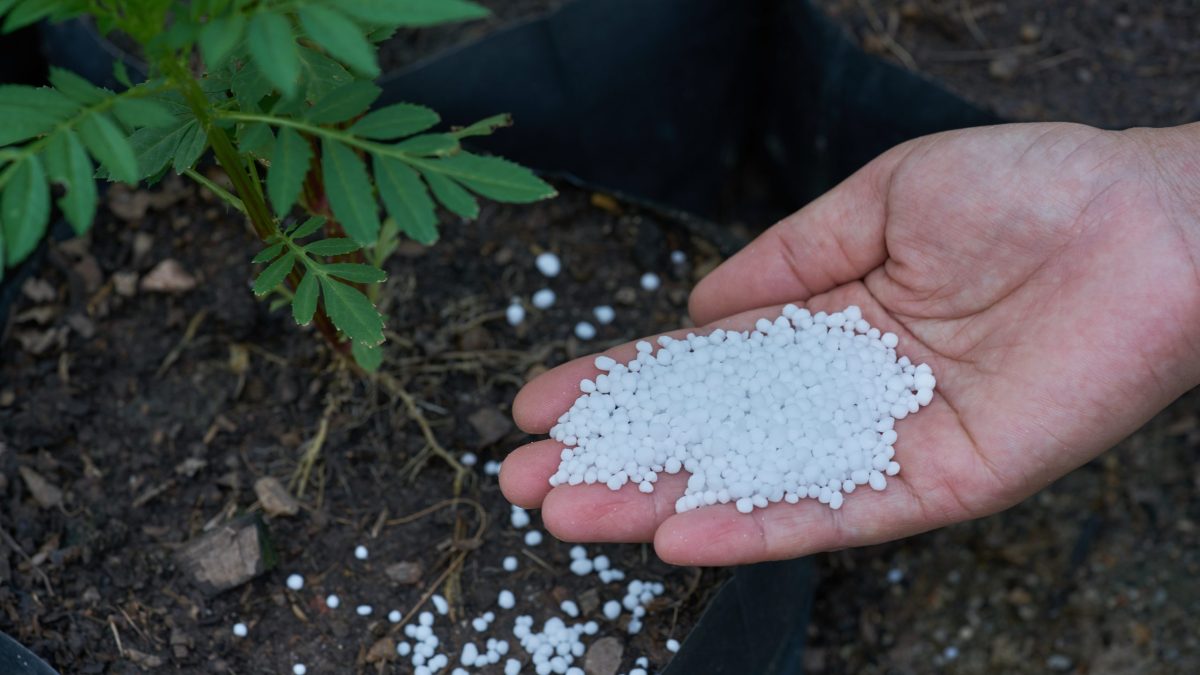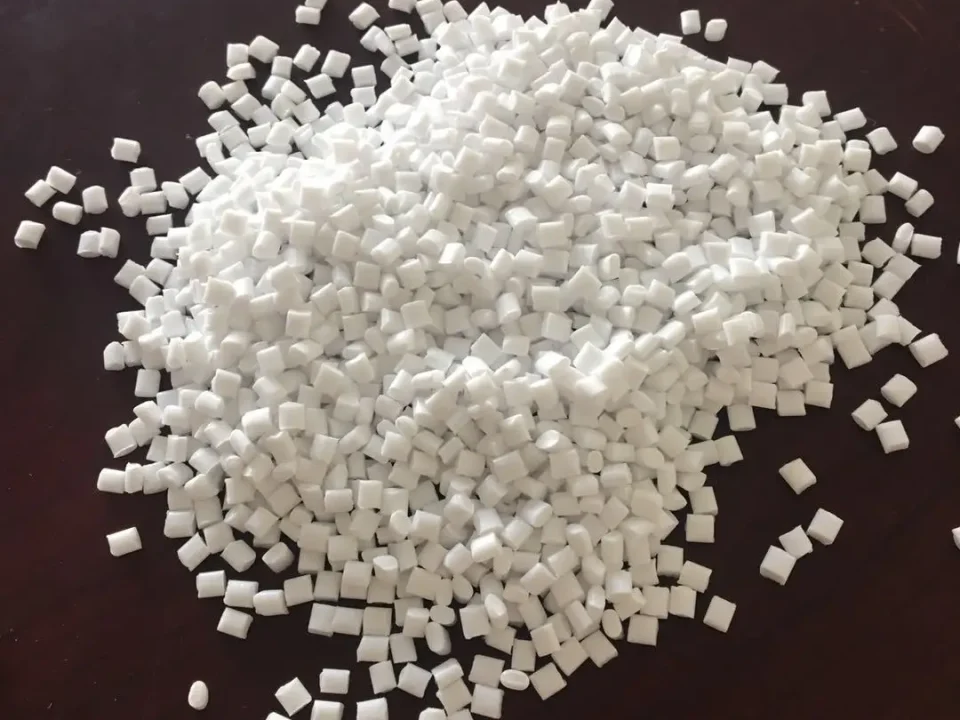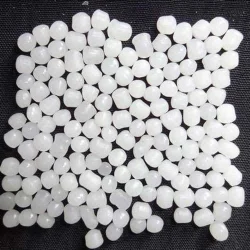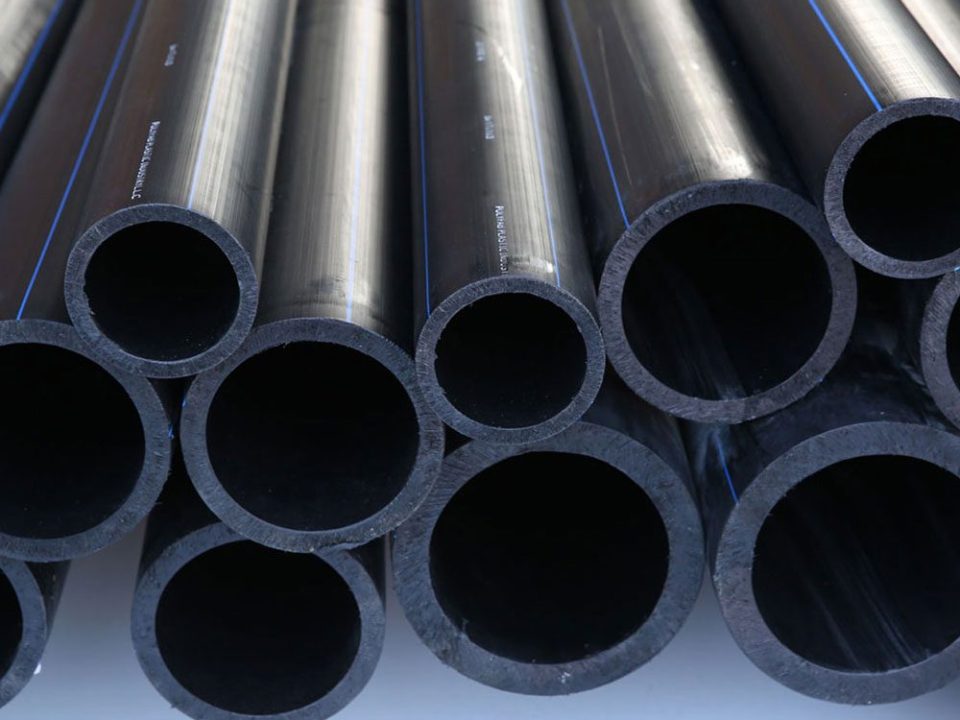Best urea for agriculture
Urea is one of the most commonly used nitrogen fertilizers in agriculture due to its high nitrogen content (46% by weight). Choosing the best urea fertilizer depends on factors such as soil type, crop type, environmental conditions, and local regulations. Here are some options and types of urea fertilizers widely considered to be effective:
Granular Urea
- Best for: General agricultural use across a wide range of crops.
- Benefits: Easy to spread and handle. Granular urea is widely used for top-dressing crops or for blending with other fertilizers.
- Availability: Readily available, making it the most common form of urea.
Prilled Urea
- Best for: Large-scale farming operations where precision application is important.
- Benefits: Prilled urea has smaller, more uniform particles compared to granular urea. It dissolves more quickly in water, which can be advantageous for certain irrigation systems or liquid applications.
Controlled-Release Urea (CRU) or Slow-Release Urea
- Best for: Crops with a long growing season, high rainfall areas, or where nitrogen loss (through leaching or volatilization) is a concern.
- Benefits: CRU products are coated or treated to release nitrogen slowly over time. This reduces the risk of nitrogen loss and improves nitrogen-use efficiency.
- Popular brands: Agrium ESN (Environmentally Smart Nitrogen), Koch Agronomic’s Nutrisphere-N.
- Cost: More expensive but provides better nitrogen availability over time, reducing the need for frequent applications.

Urea with Urease Inhibitors
- Best for: Areas prone to ammonia volatilization or when surface application is common without immediate soil incorporation.
- Benefits: Urease inhibitors slow down the conversion of urea to ammonia, reducing nitrogen losses. One popular example is urea treated with NBPT (N-(n-butyl) thiophosphoric triamide).
- Popular products: Agrotain (contains NBPT).
Urea Ammonium Nitrate (UAN) Solutions
- Best for: Use in liquid fertilizers and fertigation systems.
- Benefits: A mix of urea, ammonium nitrate, and water, UAN solutions provide a convenient source of nitrogen for crops. They are often used in precision agriculture and irrigation systems.
- Typical formulations: 28% or 32% nitrogen by weight.
Bio-stimulant Enhanced Urea
- Best for: Sustainable farming practices with a focus on soil health.
- Benefits: Urea combined with bio-stimulants can improve plant nutrient uptake, enhance root development, and improve overall soil health.
Considerations when choosing the best urea:
- Soil and weather conditions: In warm, wet climates, nitrogen volatilization from urea can be an issue. Opting for controlled-release or urease-inhibited urea can minimize losses.
- Crop type: Some crops (e.g., rice) benefit more from slow-release formulations or urea treated with inhibitors.
- Application method: For surface application without immediate incorporation into the soil, slow-release urea or urease inhibitors can prevent nitrogen loss.
Top Urea Products in the Market:
- ESN (Environmentally Smart Nitrogen) – Slow-release, ideal for crops with long growing seasons.
- Agrotain Urea – Urea treated with a urease inhibitor to reduce volatilization.
- YaraVera Urea – High-quality, consistent urea for top-dressing or soil incorporation.
- Nutrisphere-N – Urease and nitrification inhibitor-treated urea.
In conclusion, granular urea is the most widely used for general purposes, but if you want to improve efficiency and reduce environmental impact, opt for controlled-release or urease inhibitor-treated urea.





